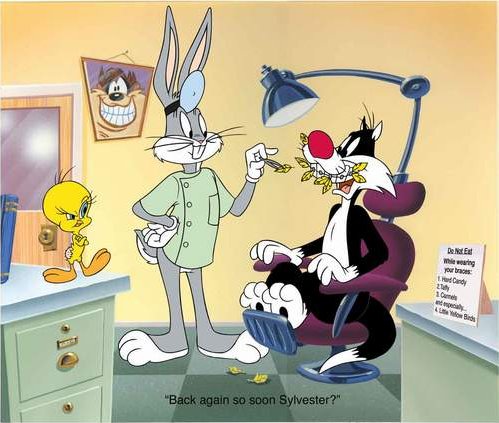Bethany Hamilton

Damon Braces is proud to announce our newest ambassador,
Damon patient Bethany Hamilton.
There are not many people who don't know about Bethany and her amazing story after an unspeakable shark attack. Just a young teen in 2003 when attacked, Bethany has gone on to inspire millions due to her amazing determination and attitude. She shares her astonishing story in her bestselling autobiography Soul Surfer which in April 2011 was released as a major motion picture. Not only does Bethany continue to compete in the ASP World Professional Surfing Tour, but she tours the world to share her story of triumph and to prove that with faith and belief anything is possible. After being treated with Damon Braces I couldn't be happier. The results of having braces not only improved my smile, it boosted my confidence.After the shark attack Bethany will tell you she struggled through many trials and tribulations which took a toll on her confidence and self esteem. When asked, Bethany will tell you that "after being treated with Damon Braces I couldn't be happier. The results of having braces not only improved my smile, it boosted my confidence." Now, with help from Damon System braces, Bethany is able to smile through adversity.
If you are interested in improving your smile and outlook on life, take a tour through our website and ask your orthodontist about Damon System braces. If you don't have an orthodontist, that's ok, check out our Damon Doctor Locator you will be able to find one in your area.
To find out more about Bethany visit her website at http://bethanyhamilton.com/






 There are plenty of other ways you can share a smile, too, which require very little effort on your behalf, but can make a huge difference to someone else. Here are a few ideas to give you inspiration:
There are plenty of other ways you can share a smile, too, which require very little effort on your behalf, but can make a huge difference to someone else. Here are a few ideas to give you inspiration: Smiles are a big part of our identity, how we feel about ourselves and how others perceive us. In a recent survey, of more than 1,000 Americans (age 18 and over), 72% of the respondents agreed that people of all ages with healthy,
Smiles are a big part of our identity, how we feel about ourselves and how others perceive us. In a recent survey, of more than 1,000 Americans (age 18 and over), 72% of the respondents agreed that people of all ages with healthy,